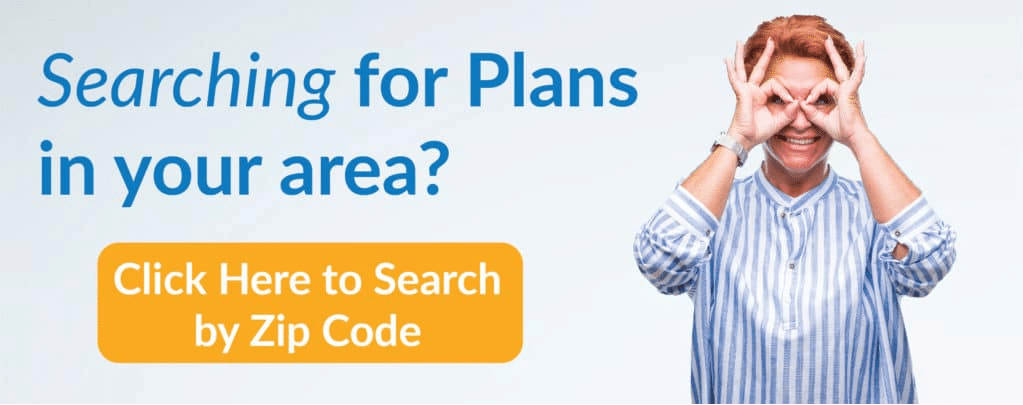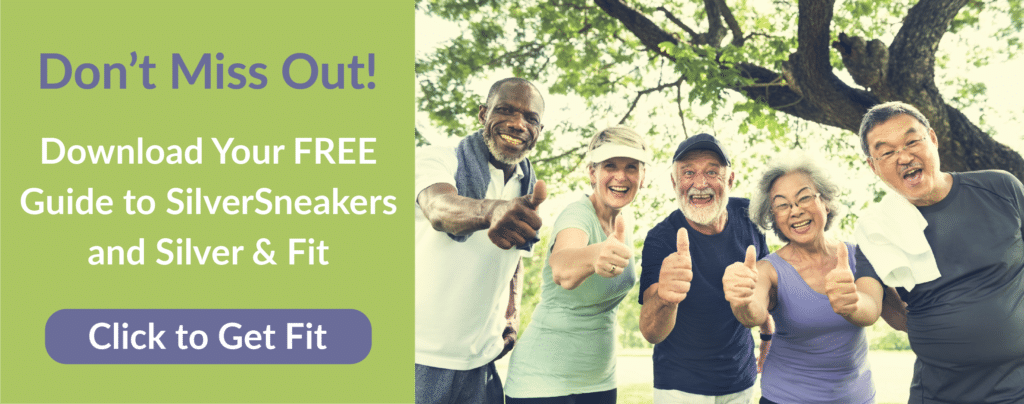Seniors Staying Active: How Do You Like to Exercise?
According to USA Today, “seniors need to stay active to be healthy and avert loneliness.” It’s no secret that physical activity has a host of health benefits, but many people simply won’t exercise if it feels like a chore. So how do you keep a routine? Find something you enjoy.
We polled 1,420 people about their fitness routines and what types of exercise they enjoy. Read on to learn our poll results, the benefits of different types of exercise, and how you can get started with your own exercise routine.
Poll Results: How Do You Exercise?
The clear favorite in our poll was cardiovascular activity (walking, running, or biking), which received 748 votes (28.6 percent).
Exercising at the gym came in second with 657 votes (25.2 percent).
Group fitness classes followed with 449 votes (17.2 percent).
Next came exercising at a home gym or using home gym equipment with 319 votes (12.2 percent.)
“Other” exercises followed with 296 votes (11.3 percent.)
Exercising with a personal trainer was the least popular with 142 votes (5.4 percent).
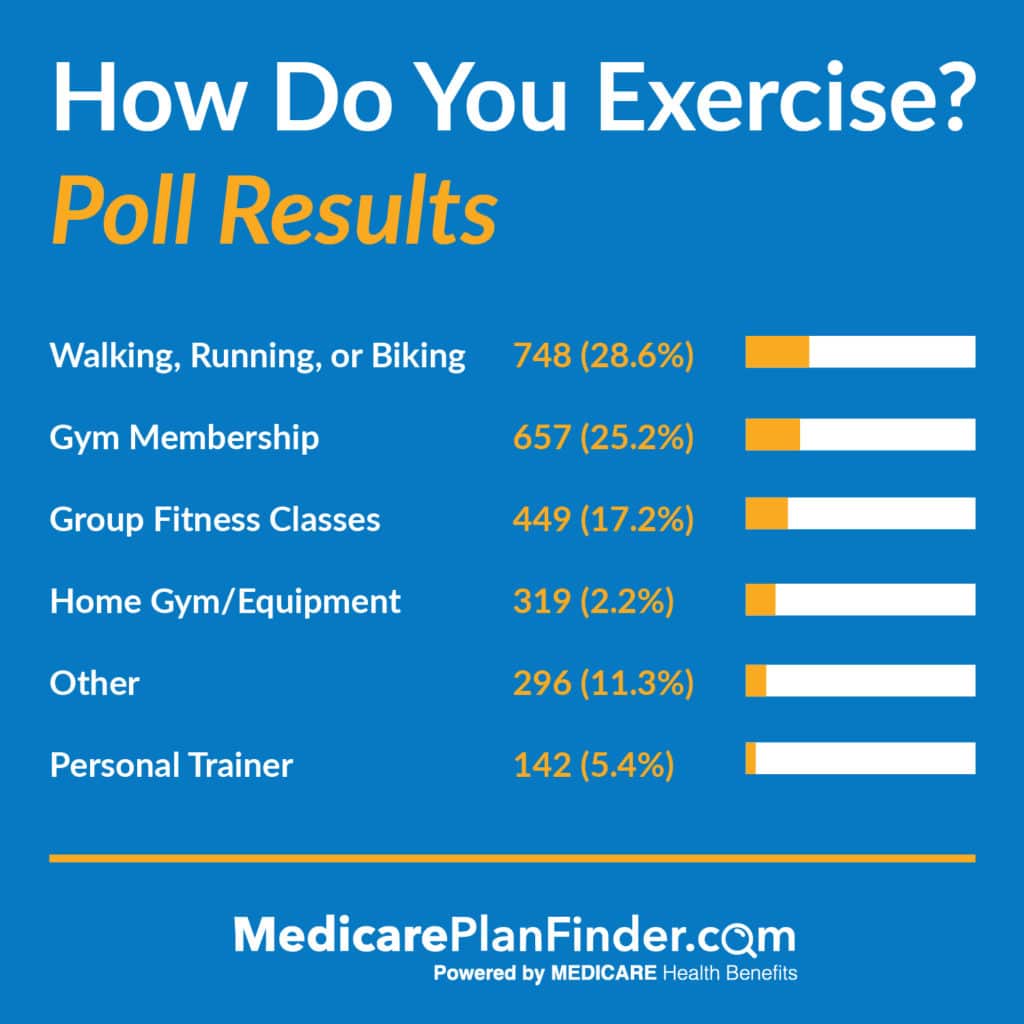
Seniors Staying Active With Cardiovascular Exercise
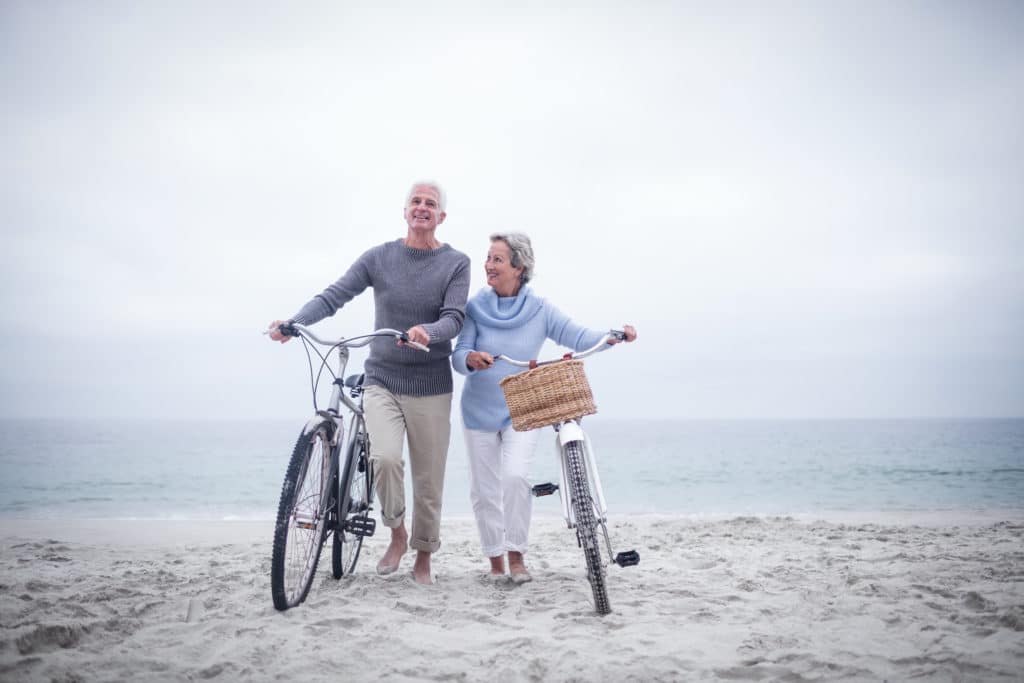
Cardiovascular exercise is the most popular activity with the people we polled. Walking, running, or cycling may be the easiest to start. All you need is the right equipment such as comfortable shoes and clothes or a bicycle.
You can walk pretty much anywhere, and cold weather is oftentimes no excuse to get moving — many shopping malls allow people to walk around before the stores open.
All you need is a good pair of shoes and comfortable clothes and you can start reaping the benefits of cardio exercise. Running may be a bit more high-impact on your joints, but it still has a ton of benefits* for heart and lung health. Bicycling requires more equipment than the other two, but it can be a great way to get outside and explore your neighborhood, provided it’s safe to do so.
*Always consult with your healthcare provider before starting any exercise program.
Benefits of Cardiovascular Exercise for Seniors
Cardio exercise offers a host of benefits that reach from your head to your toes. For example, it increases blood flow to your brain, which decreases your chance of stroke. Cardio can also improve your blood sugar control, which helps relieve stress on the pancreas and reduces your chance of developing type 2 diabetes. Additionally, cardio can aid in weight loss, help fight osteoporosis, reduce chances for a hip fracture, and help manage arthritis pain.
Seniors Staying Active at the Gym
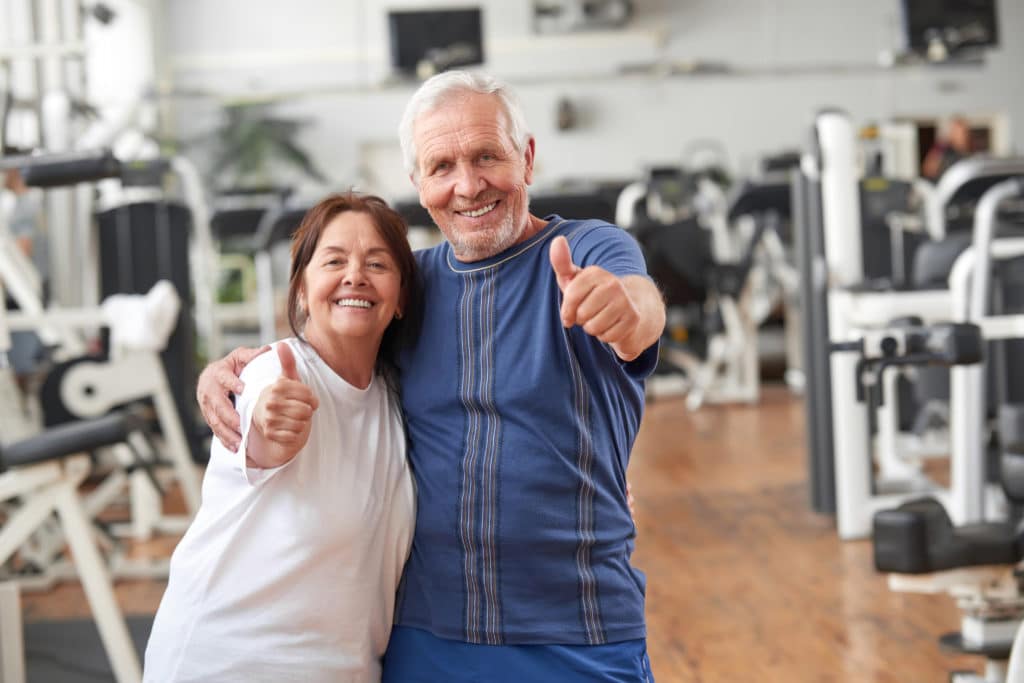
Gyms are a great place for anyone looking to stay active. Many of them have the most up-to-date equipment and they can provide a great atmosphere for like-minded people to meet. Many gyms have staff on hand to answer questions and some even have saunas and hot tubs to help you relax after a workout!
You may even be able to find help paying for gym membership! Some Medicare plans include a fitness benefit that gives you free gym and/or group fitness access! Original Medicare does not offer coverage for fitness services, however, certain private plans called Medicare Advantage plans can. Some Medicare Advantage plans have low $0 premiums, so you’d get benefits such as gym memberships, meal delivery, hearing, dental, and vision for little or no extra cost to you*.
*You still owe the Medicare Part B premium even if you have a Medicare Advantage Plan.
Benefits of Weight Training at a Gym
According to the New York TImes, “In multiple experiments, older people who start to lift weights typically gain muscle mass and strength, as well as better mobility, mental sharpness and metabolic health.” Gyms also usually have cardio equipment, too, so you can develop a well-rounded fitness program.
Seniors Staying Active With Home Gym Equipment
Working out at home can be a great way to stay in shape. You don’t need a lot of equipment to get started, either. You can have a safe and effective workout using dumbbells or resistance bands, and you can modify your routine to accommodate your needs.
For example, some people may not be able to stand up and do shoulder presses. You can do exercises from a chair and still get an effective workout. The key is to know which exercises to perform, how many sets, and how many repetitions.
Home Gym Benefits
You don’t have many excuses to not exercise if your gym is at home. Even people homebound people can reap the benefits of exercise for older adults. You can find equipment at Amazon, Target, Walmart, or even used! Craigslist is a great source to find people who want to get rid of gym equipment they don’t use.
Another benefit is that you get to control what equipment goes into your gym. Sometimes a fitness center will have what seems like an endless amount of machines, but you only use a handful of them. Don’t want a treadmill? Don’t buy one. You can have only the equipment you want. The best part? You likely won’t have to wait in line for any of it.
Seniors Staying Active at Group Fitness Classes
Commercial gyms, senior centers, and even some assisted living facilities host group fitness classes for seniors.
Benefits of Group Fitness
Group fitness classes have an added social component, which is extremely important for seniors and brain health. Also, many times group fitness classes can help you attend more regularly with the “positive peer pressure” that can result.
If you start attending classes at certain times every week and you skip, your classmates will ask you where you were. That adds an accountability component that just exercising on your own doesn’t have.
Some Medicare fitness programs* can cover this benefit, too! Programs such as SilverSneakers®, Silver & Fit®, and RenewActive™ are included with certain plans. Some Medicare Advantage plans have low $0 premiums*, which would mean that your gym membership would have no additional cost.
*Medicare Advantage fitness benefits are not administered or necessarily endorsed by Medicare or any other government agency.
**You still owe the Medicare Part B premium even if you have a Medicare Advantage plan.
Seniors Staying Active With the Help of Personal Trainers
Following a personal trainer’s plan is a great way to get in shape, especially if you’re new to working out. Your trainer will give you exercises to perform and a routine to follow. They’ll even watch you and make sure you’re maintaining the proper form so you don’t hurt yourself.
However, personal trainers can be expensive. You may owe trainer fees on top of your gym dues. However, some gyms allow you to have a certain number of personal training sessions for free so you can see if the one-on-one fitness coaching is the path you want to take.
Other Ways for Seniors to Stay Active
The exercise methods in our poll aren’t the only ways for older adults to stay active. There are many other safe ways to exercise including, yoga, swimming, hiking, and playing sports. You have seemingly endless options as long as your healthcare provider approves your activity. The most important thing is that you enjoy the activity. Otherwise, you won’t stick with it and you won’t receive the many rewards that exercising can offer.
How to Get Fitness Coverage
Working out at the gym, your local senior center, or taking group fitness classes may be too expensive for some people. Fortunately, you may be able to find help if you have the right Medicare plan.
Every location has different plans with different benefits. If you want to learn more about Medicare Advantage and what benefits (including fitness programs) are in your area, a licensed agent with Medicare Plan Finder can help.
Our agents are highly trained and they can talk to you about your needs and they may be able to find a local plan that fits your budget and lifestyle. Call (833)-567-3163 or contact us here to arrange a no-cost, no-obligation appointment today.
